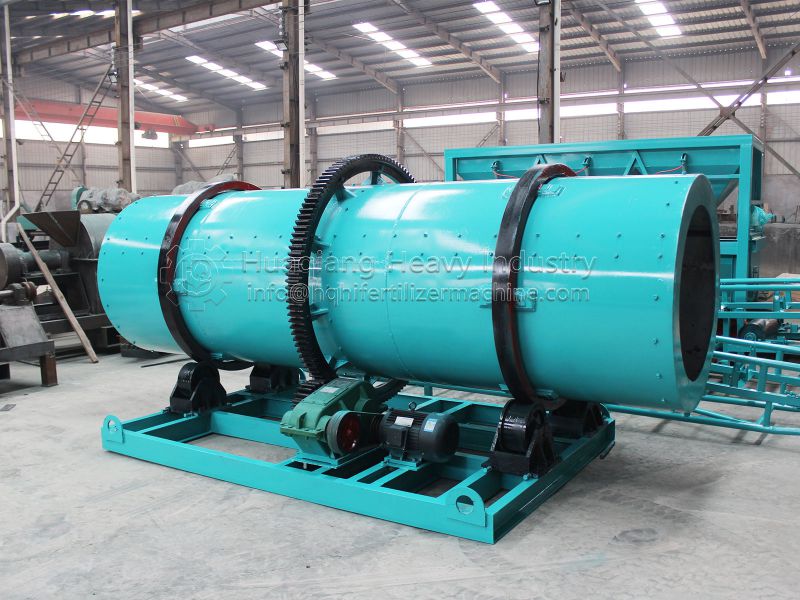When selecting a rotary drum granulator, companies should pay close attention to its core structure to ensure it precisely matches their production line requirements. A rotary drum granulator primarily consists of a rotating drum, transmission, support system, and spray system. The performance of each component directly impacts the overall performance of the equipment.
The rotating drum, as the core working component, is constructed from rolled steel plate. Lifting plates or spiral blades on the inner wall enhance the tumbling and collision effect of the material. When selecting a granulator, consider whether the steel plate thickness and blade design are compatible with the characteristics of the production material. The transmission provides power, and the power and quality of the motor and reducer affect the equipment’s operational stability and should be selected based on production capacity.
The support system bears the weight and rotation of the drum. The selection of rolling or sliding bearings should be considered based on the equipment load and operating environment. Furthermore, the atomization effect of the spray system determines the accuracy of humidity control, ensuring uniform spraying of water or adhesive. Only by comprehensively considering these structural details can you select a rotary drum granulator that is compatible with your production line and operates efficiently.



